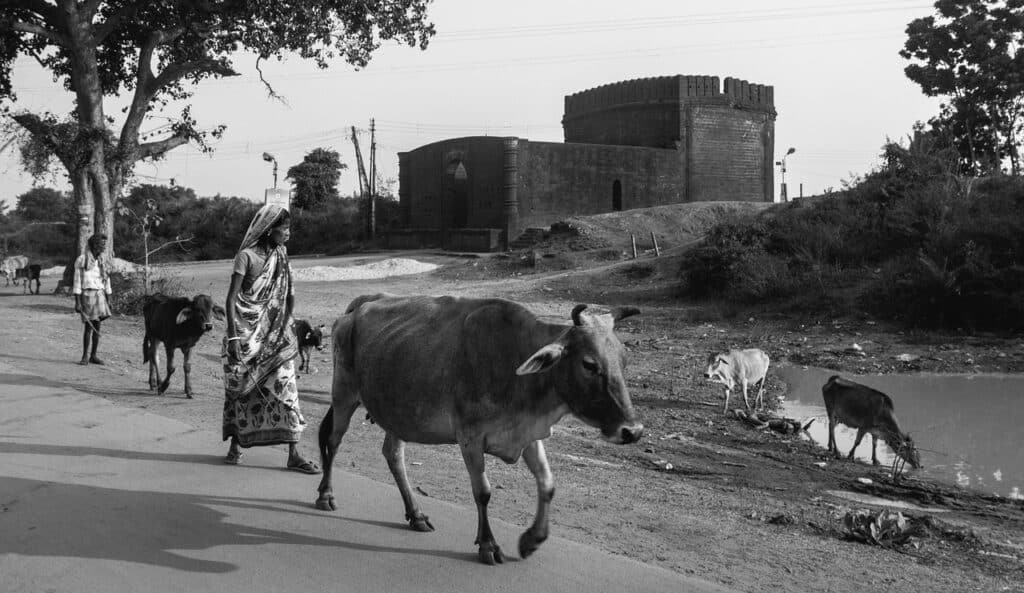History
Malla Dynasty – Guardians of Mallabhum (7th Century – 1947)
The Malla Dynasty ruled the Mallabhum region (modern-day Bishnupur, West Bengal) for over a thousand years, with their peak flourishing between the 16th and 18th centuries.
– The dynasty traces its origin to Adi Malla, believed to be the founder in the 7th century CE.
– They transformed Bishnupur into a spiritual-artistic kingdom, blending Vaishnavism, architecture, and music into a unique cultural identity.
– The most famous ruler, Bir Hambir Malla, converted to Vaishnavism under Srinivas Acharya, and his reign marked the start of Bishnupur’s golden age.
– Bishnupur became known as the “Temple Town”, famous for its terracotta temples, made from local laterite due to scarcity of stone.
Their rule ended in 1947 when Mallabhum acceded to the Indian Union post-independence.

Bishnupur Gharana – Bengal’s Own Classical Music Tradition
The Bishnupur Gharana is one of the oldest Hindustani classical music gharanas of Bengal, rooted deeply in Dhrupad style.
- Originated during the reign of Malla Kings, particularly King Raghunath Singh II, who patronized musicians from the Mughal court.
- Famous disciples include Ramshankar Bhattacharya, credited with fusing local traditions with classical frameworks.
- It uniquely blends Vaishnavite bhakti rasa with classical purity, offering a meditative and devotional tone.
- Bishnupur Gharana laid the foundation for Bengal’s rich musical culture, influencing Rabindranath Tagore and other modern composers.
The Bishnupur Gharana is one of the oldest Hindustani classical music gharanas of Bengal, rooted deeply in Dhrupad style.
